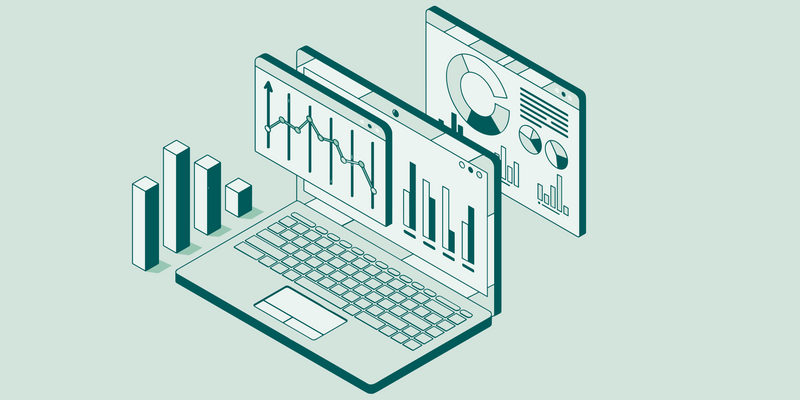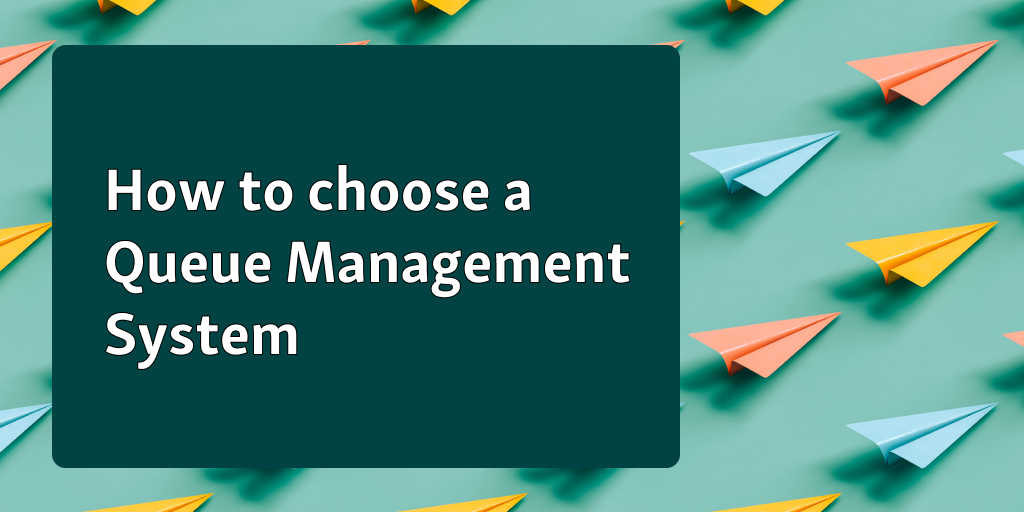It can become difficult to maintain continuity when managing services from a distance as in the case of a DMV, clinic or city office. One branch may be packed with customers while another branch may be empty. Some teams are short staffed as others are waiting for work to arrive.
That’s where queue management systems with multi-location insights make a real difference. They help you see how each location is performing in real time. You get a clear view of wait times, staff load, and service volume across the board.
That means you can make smarter staffing decisions, shift resources faster, and give every visitor the same quality of service, no matter where they walk in.
In this blog, we’ll look at how multi-location insights from queue management systems help improve staff efficiency and create a more balanced service experience.
How Multi-Location Insights Improve Staff Efficiency
Multi-location insights help organizations spot gaps, rebalance workloads, and improve how staff are managed across sites. Let’s look at how this plays out in everyday operations.
1. Balance Workload Across Locations
Some locations stay packed all day. Others barely see a rush. Without a clear view across sites, it’s hard to know when and where to shift support. That’s where multi-location insights come in.
You can see which teams are stretched thin and which ones have room to help. Instead of overworking one location while others stay underused, you adjust. Staff move where they’re needed. Wait times stay under control.
This helps keep the experience consistent across sites. And your team doesn’t burn out trying to keep up. Everyone works smarter, not harder.
2. Detect Staff Underutilization
Some locations stay quiet for hours. If no one’s tracking this, you end up paying for time that’s not being used well. Multi-location insights help spot these slow patterns early.
You can see which sites consistently have fewer check-ins or longer gaps between services. That makes it easier to reassign staff or adjust schedules based on actual traffic, not guesswork.
This saves costs without hurting service. It also helps managers plan better and keep everyone focused where they’re needed most.
Read also - Queue Management Systems: Cost vs. Benefits Analysis for Public Sector Agencies
3. Standardize Service Protocols
Not every branch runs the same way. One location might move people faster. Another might spend more time at each step. These gaps aren’t always easy to spot without looking at the full picture.
Multi-location insights let you compare how services are delivered across all sites. You can see which workflows are working well and where things slow down. That helps you roll out better practices across the board.
The goal isn’t to make every team act the same. It’s to make sure every customer gets the same level of care, no matter where they show up.
4. Schedule Smarter Based on Real Data
Some locations get crowded before lunch. Others stay quiet most of the day. Without clear data, you’re stuck guessing when to schedule extra hands.
A queue management system takes the guesswork out. You can see how many people walked in, how long they waited, and when things got busy—across all your sites.
This helps you plan better. You know when to bring in more staff and when it’s okay to scale back. It’s not just about being efficient. It’s about showing up for people when they need you most, without stretching your team too thin.
5. Improve Response Time During Peaks
Busy times happen. But what makes the real difference is how fast your team can respond.
When your queue system shows a spike in foot traffic, you don’t have to guess. You know exactly where help is needed. That means you can shift staff in real time, open up more counters, or even reroute visitors to quieter branches nearby.
Instead of playing catch-up, your team stays in control. That’s how you keep lines short and service steady, even on the busiest days.
6. Identify Training Needs
Not every delay is about staff shortage. Sometimes, it’s a sign someone needs more support.
By looking at service times and customer feedback across locations, you start to see patterns. Maybe one site takes longer to serve people. Or maybe the same questions keep coming up. These gaps point to where training could help.
It’s not about pointing fingers. It’s about giving teams the tools they need to do better. And when everyone’s on the same page, service feels smoother across the board.
7. Track Cross-Location KPIs
Good service starts with knowing what to measure.
By tracking key numbers like wait times, service durations, and customer satisfaction across all your sites, you get a clear picture of how each team is doing. It’s not just about comparing, it’s about knowing where things are working and where they’re not.
When every branch follows the same standards, it’s easier to spot improvements and hold teams accountable. It also helps everyone aim for the same goal: faster service and happier visitors.
Helpful read - How to make the most out of data?
More Features to Look for in a Queue Management System with Multi-Location Insights
The right system goes beyond just data collection. It should support real-time actions, long-term planning, and service consistency across sites.
Here’s what features to look for in a multi-location queue system.
1. Centralized Service Dashboard
With a centralized service dashboard, you can see what’s happening at every location without jumping between tabs. Everything is in one place, so it’s easier to keep track and take action when needed.

It helps you:
Check how many people are waiting at each branch
See how long service is taking and where delays are building up
Know which staff are helping and who’s free to jump in
Make better calls on staffing without second-guessing
It keeps things simple. You know what’s going on, and your team does too.
2. Real-Time Alerts and Notifications
Sometimes things get busy without warning. Real-time alerts help you catch that before it becomes a problem.
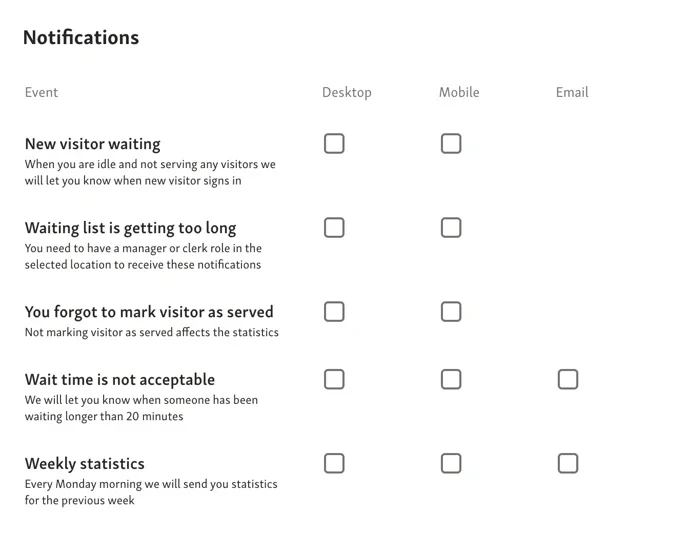
You’ll get a heads-up when:
Wait times start to climb
Queues get longer than usual
Service speed drops at any location
This way, your team can act fast, before complaints start. It keeps everyone on the same page and helps you stay in control, even during rush hours.
3. Location-Specific Analytics
What works well in one branch might not work in another. That’s why it helps to look at the data location by location.
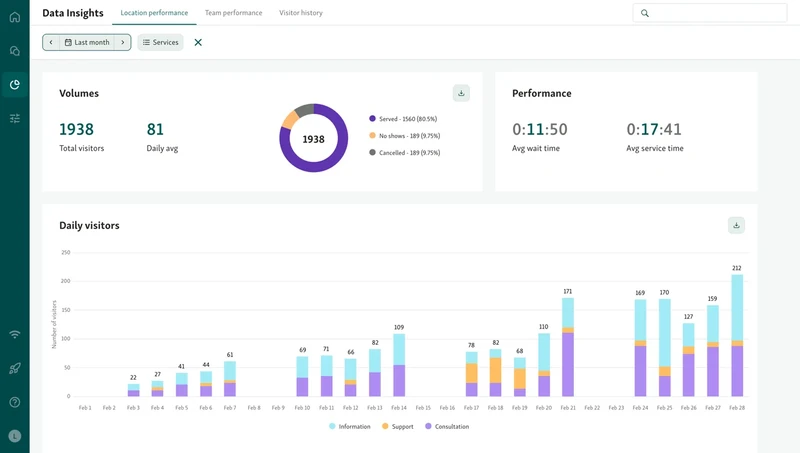
With location-level insights, you can:
Compare wait times and service quality across sites
Spot branches that are underperforming
See where changes are actually making a difference
It’s not about guessing, it’s about knowing exactly where to focus your efforts.
4. Role-Based Access
Not everyone needs to see everything. But the right people should have access to what matters.
Tools like Qminder makes this easy with built-in role-based access:
Local managers can view and manage their own location
Regional leaders can track performance across multiple branches
Admin teams get full control without sharing everything with everyone
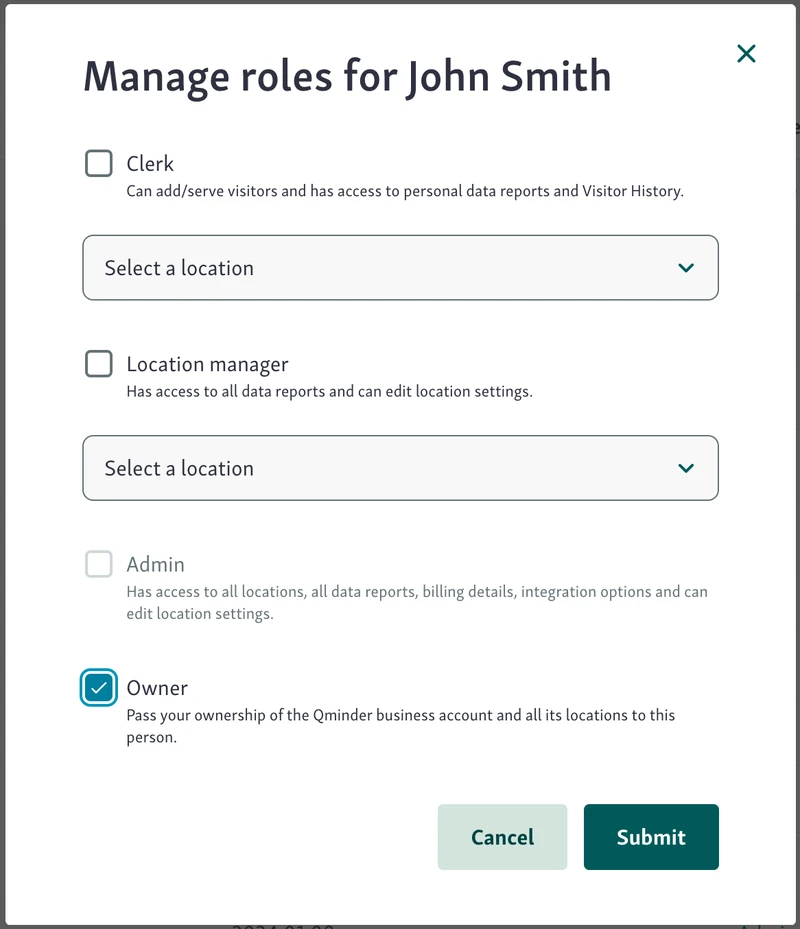
It keeps your operations secure, organized, and tailored to each role.
Also read - Best Queue Management Systems
Put Your Location Data to Work
Managing multiple sites doesn’t have to feel overwhelming. With the right tools, you can spot trends, adjust staffing, and deliver consistent service across every branch. Qminder gives you the visibility and control to do just that. From real-time data to role-based access, it helps you make smarter decisions without jumping between tools or guesswork.
If you're ready to improve performance across locations and keep teams aligned, Qminder is built for you.
Schedule a demo today and see the difference.
Yes. By seeing how each branch performs—both in traffic and staffing—you get a clearer idea of where to invest or cut back. It helps make budget decisions based on real patterns, not guesses.
Yes. Some systems let you match staff feedback or internal surveys with location metrics. This gives context to numbers like long wait times or lower satisfaction scores, helping you spot internal issues early.
You can use historical data to spot seasonal trends, shifts in demand, and changes in customer behavior. This makes it easier to plan for future growth, expansions, or policy changes.

